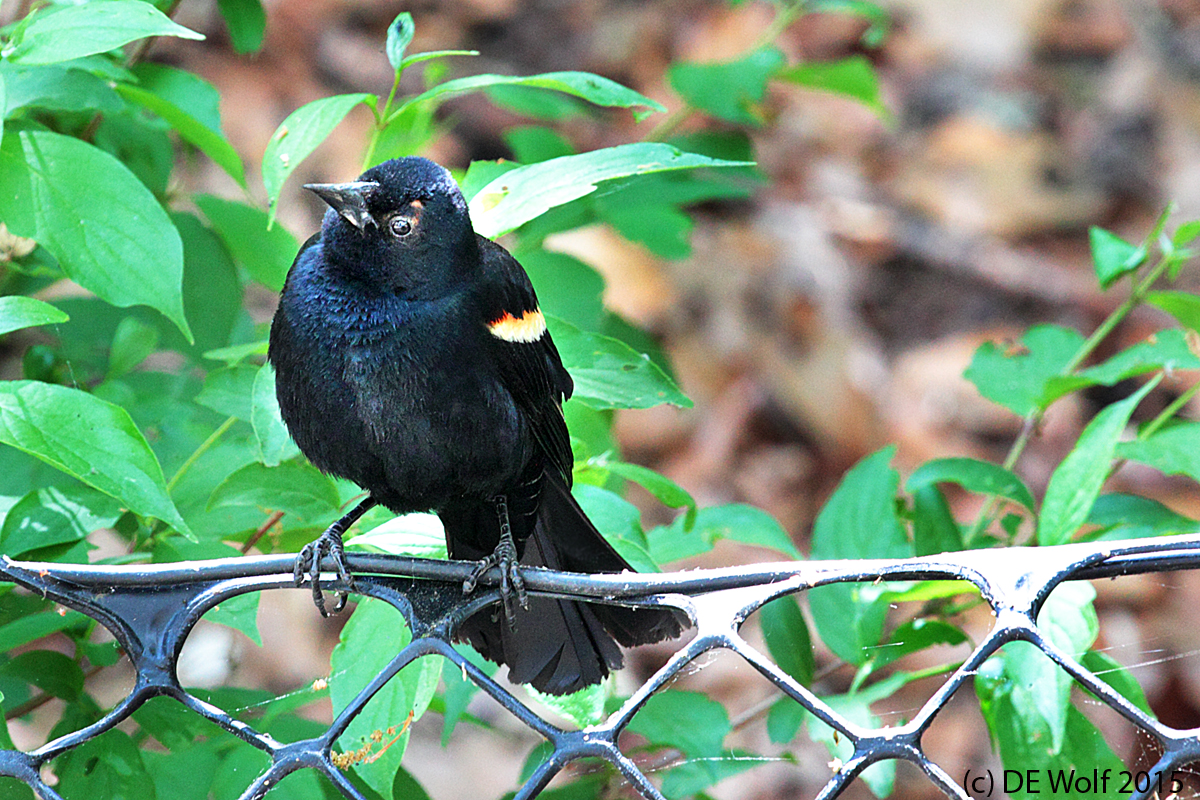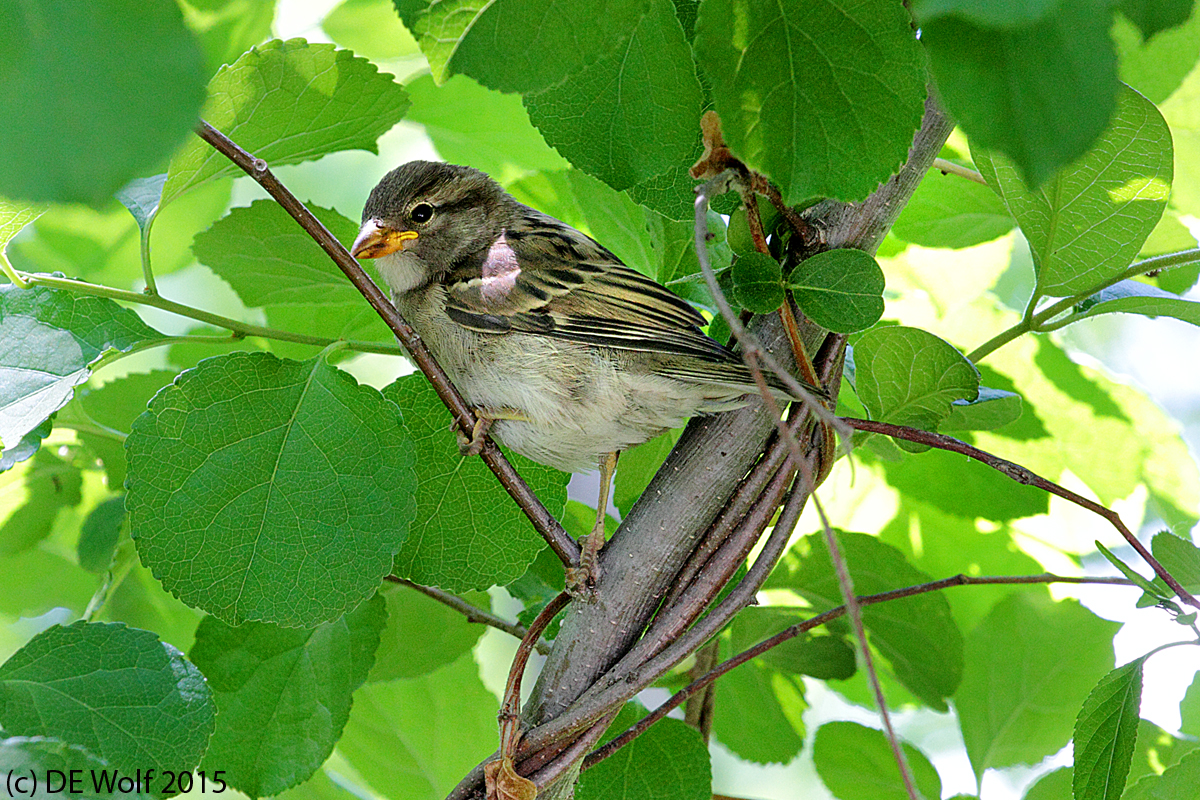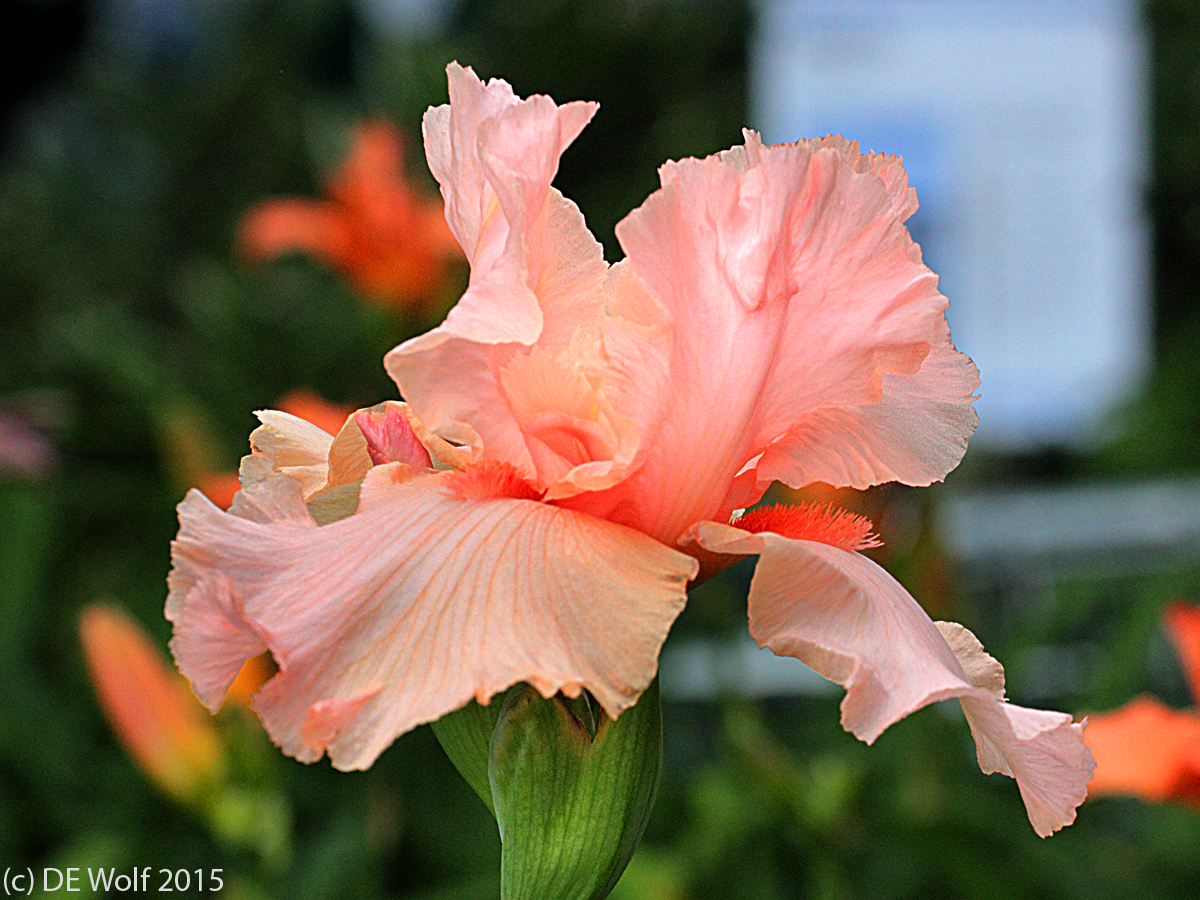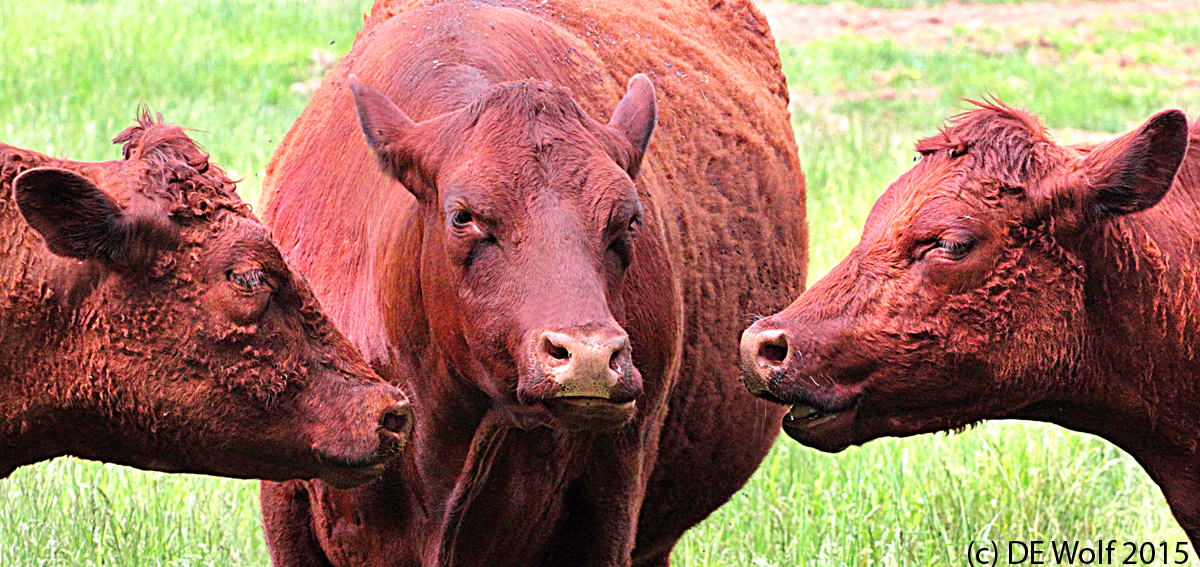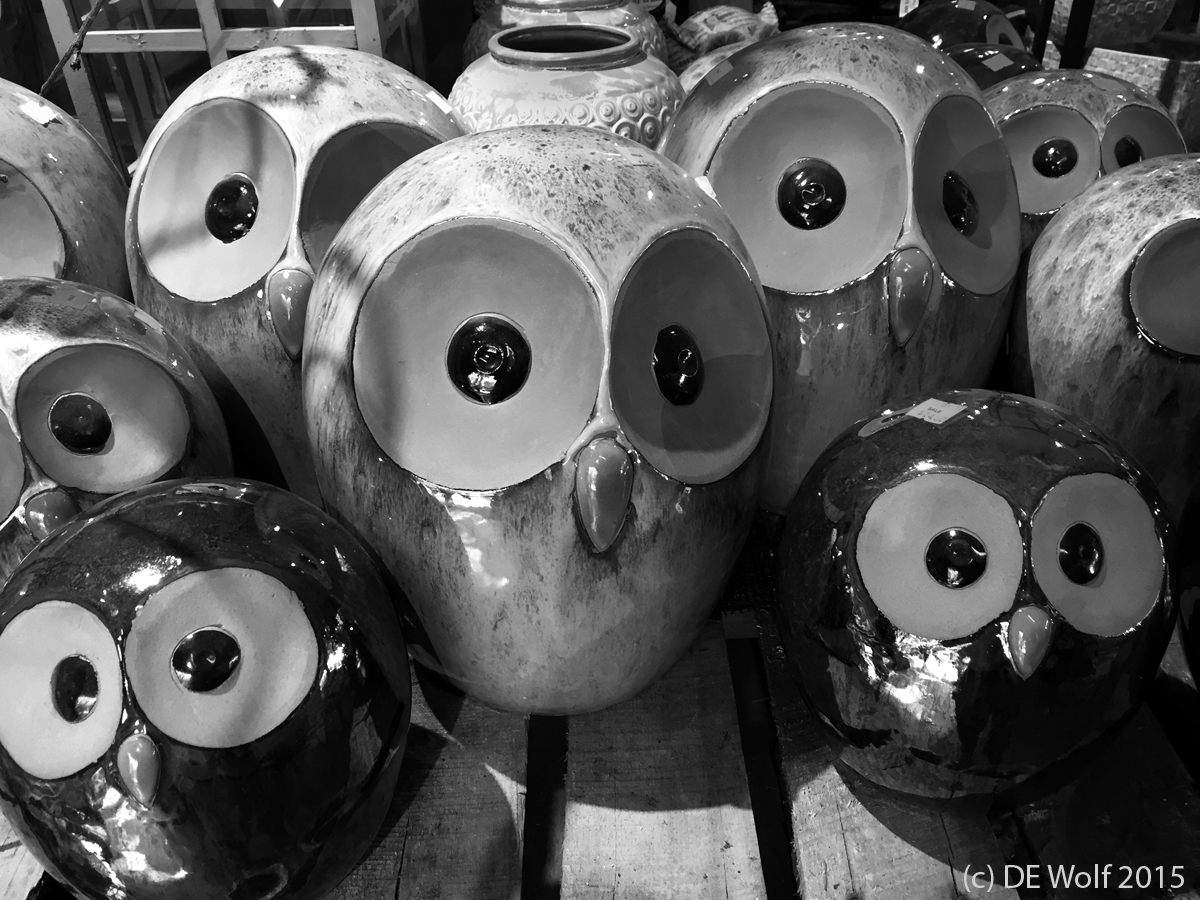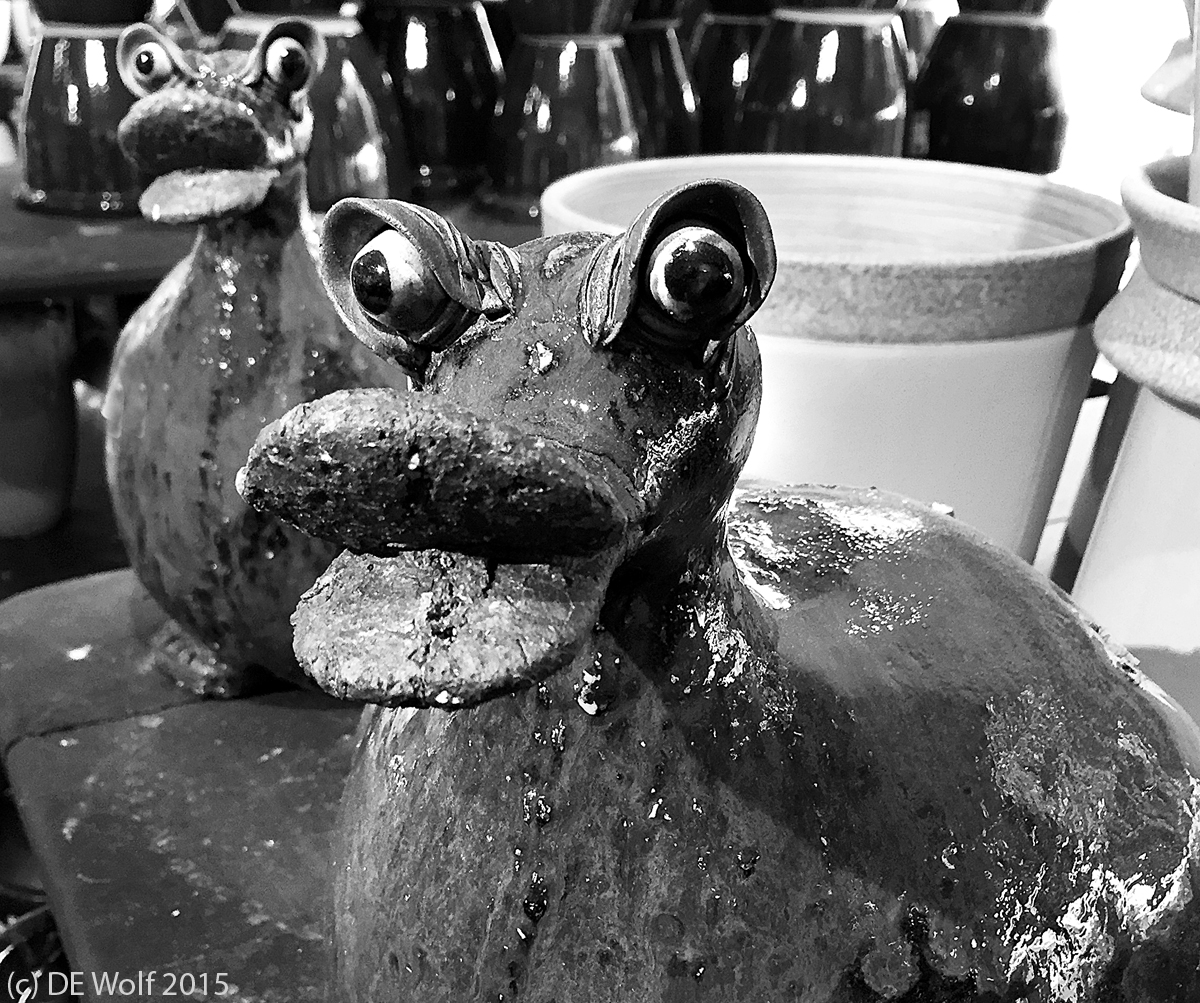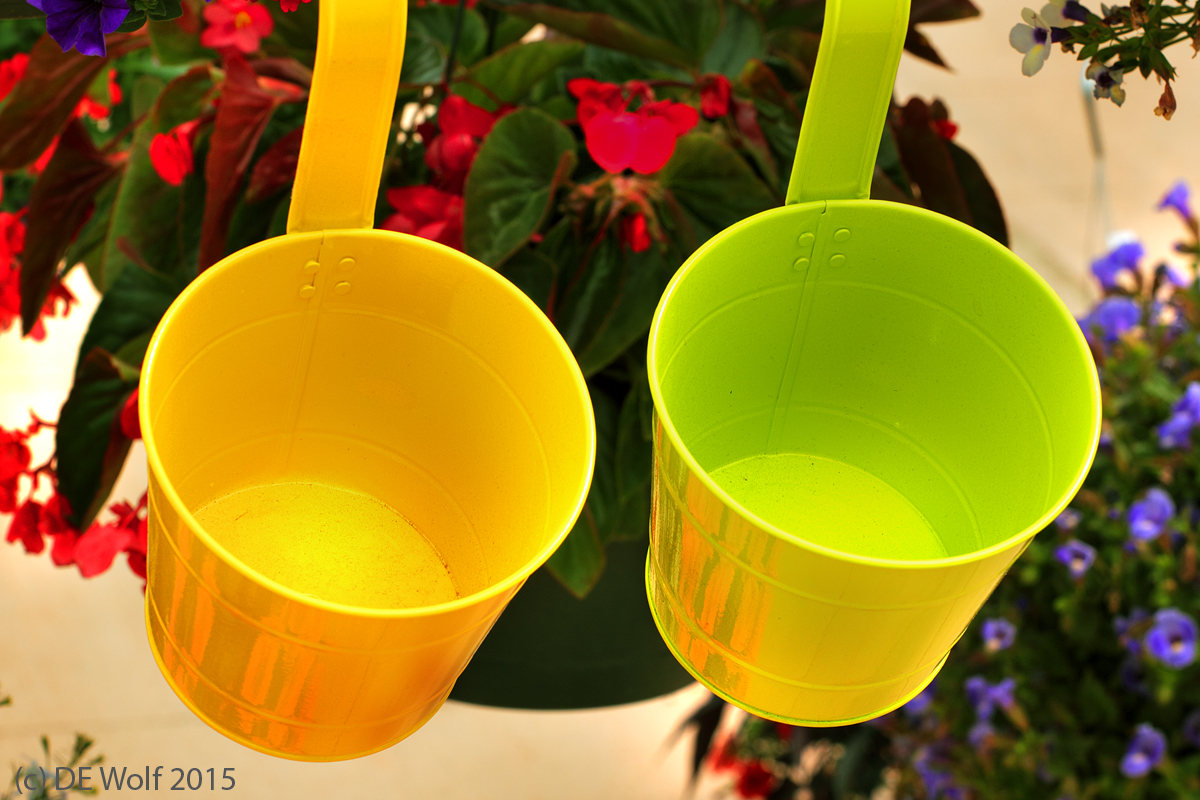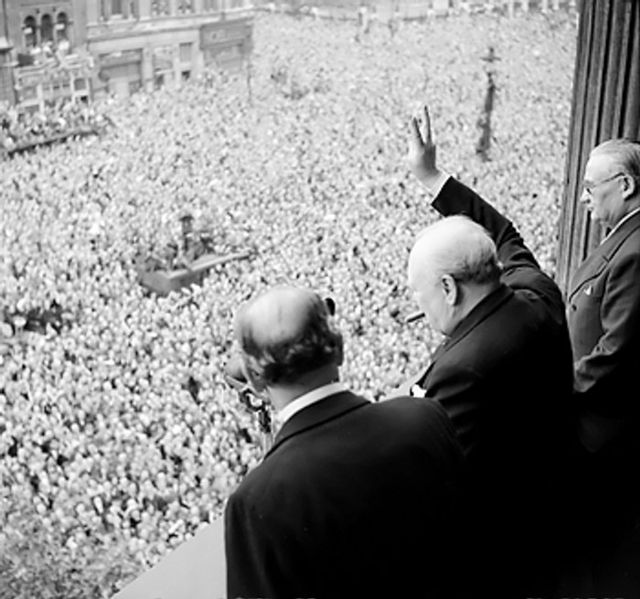The red-wings have been squawking up a full force storm along Fresh Pond. I read somewhere that in 1977 there was a stable population of 180 million of them in North America. Mostly though, what with rearing their fledglings they have little time to fill out census reports. They figure prominently in Henry David Thoreau’s “Walden,” where he speaks fondly of them in the woods around Walden Pond, which is not too far from Fresh Pond and also a kettle pond.
I have been trying to get a decent photograph of a male for some time. There’s always something wrong with the shot, and often this relates to a ruffled “abnormal” appearance. In fact this is quite normal, an agitated and aggressive display, meant for other males. It is, in fact, difficult being a red-wing male. The birds live in loose colonies and the polygynous male typical defends up to ten females. The females however are often polyandrous and when they lay clutches of four to five eggs they often have mixed paternity.
So the cause of all this noise is now clear. Last Friday I ran into this fellow perched on a fence and managed a few snaps before he flew off to attempt to maintain order in his harem. When I looked over my images, I started to wonder who was watching whom. Most birds are either wary or indifferent to the bird photographer. But this fellow seemed more curious. Perhaps he mistook his reflection in my lens for another male.
Canon T2I with EF70-200mm f/4L USM at 200 mm, ISO 1660, Aperture Priority AE mode, 1/100 th sec at f/8.0 with no exposure compensation.

